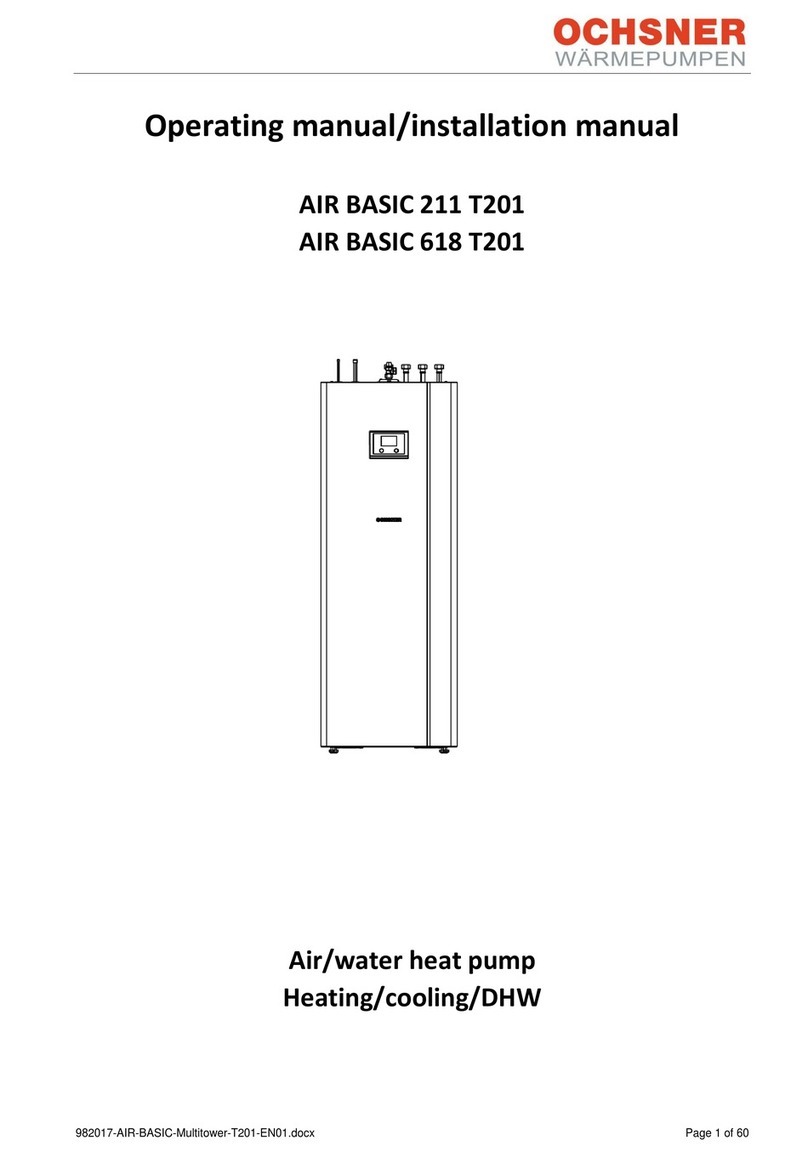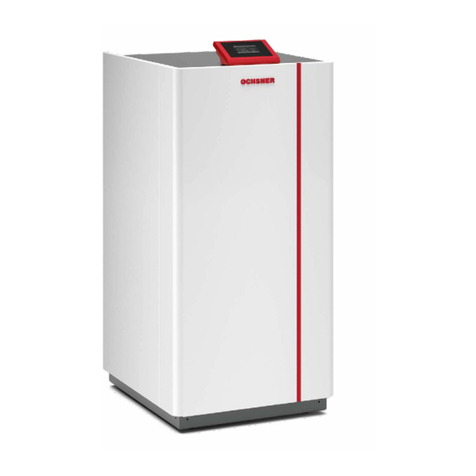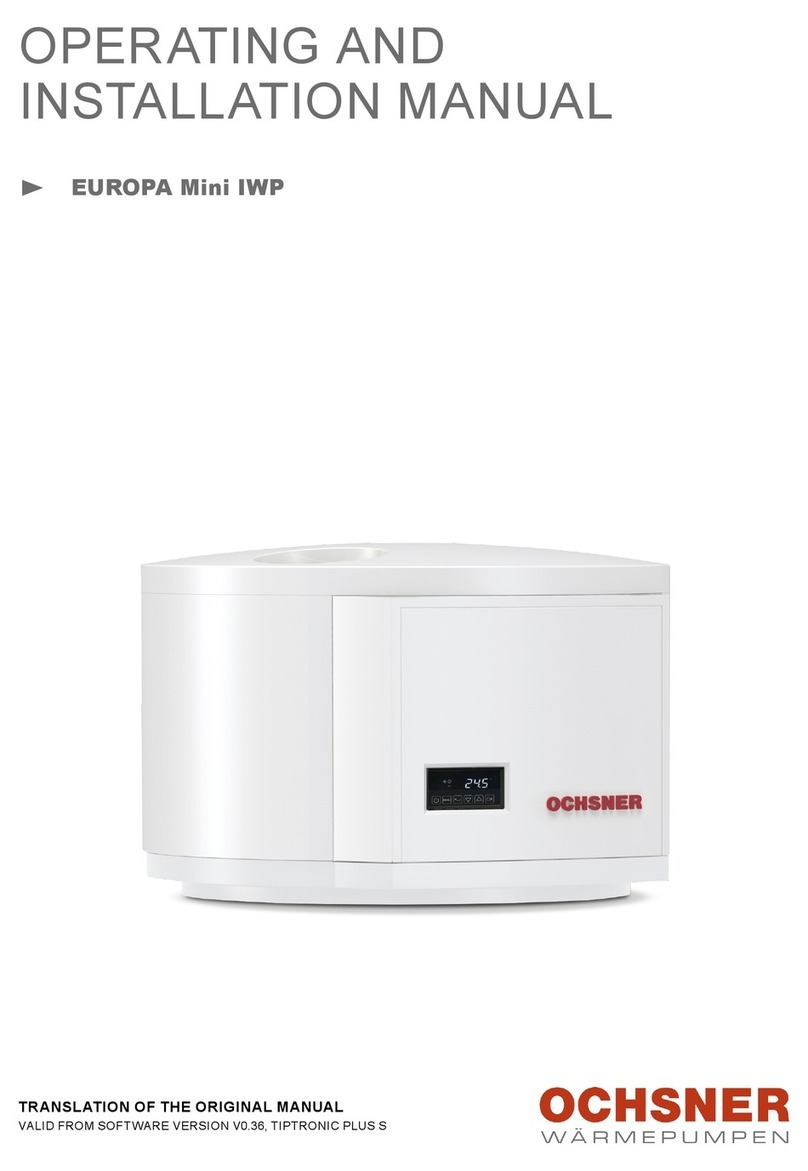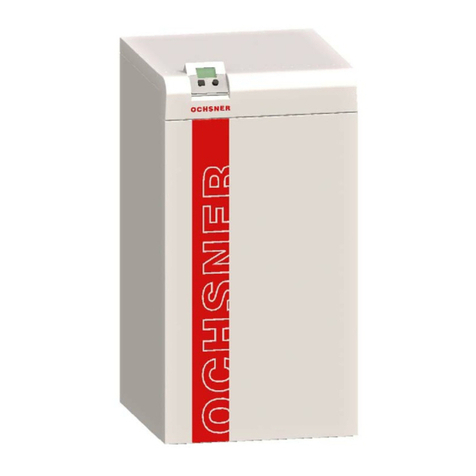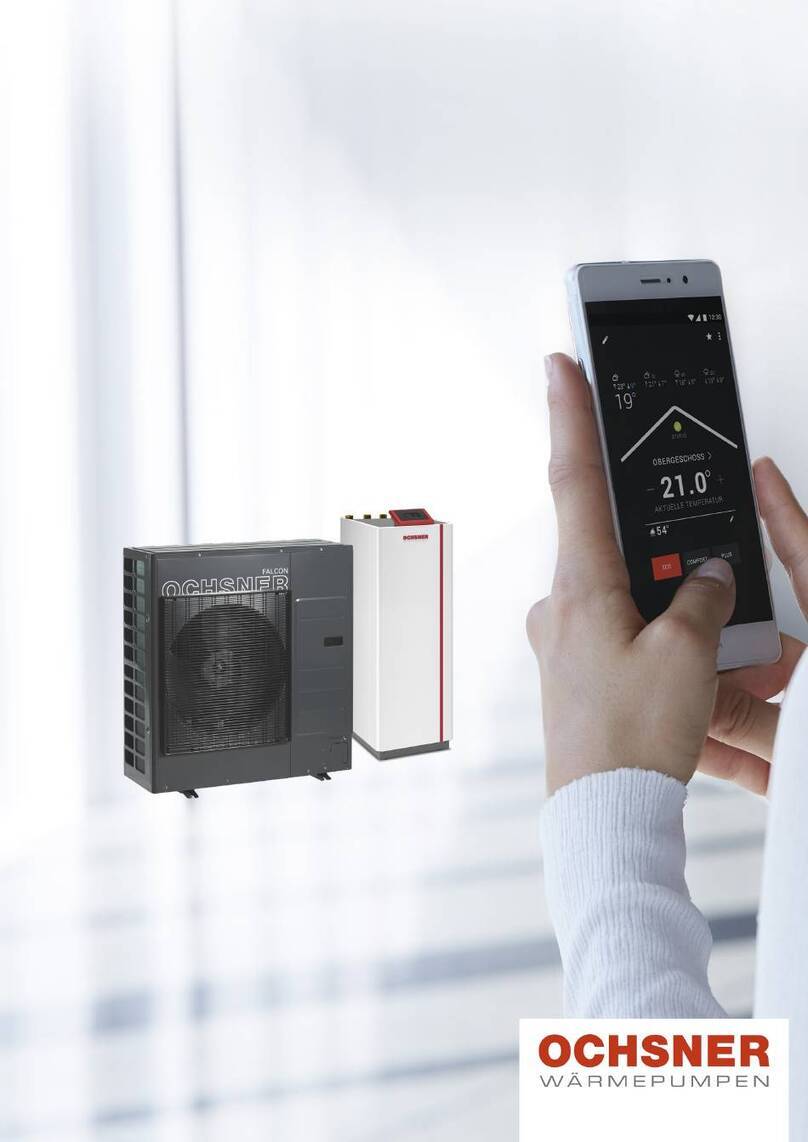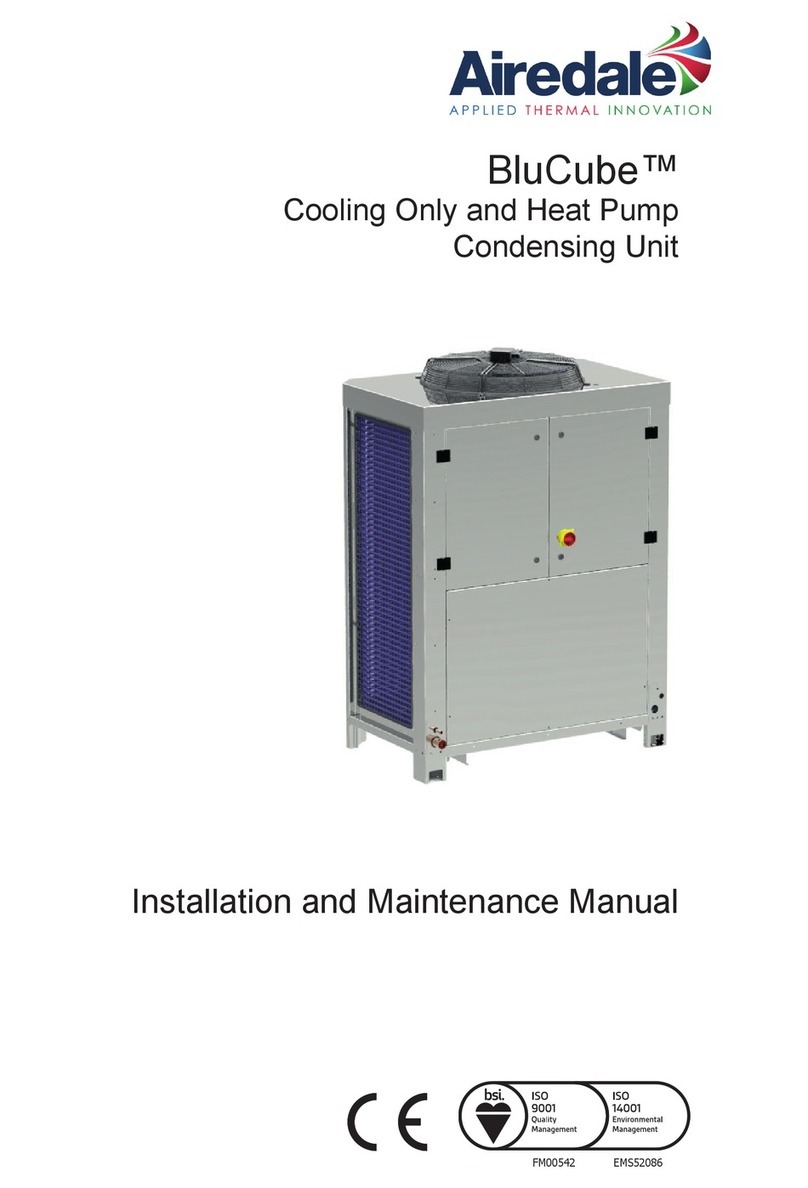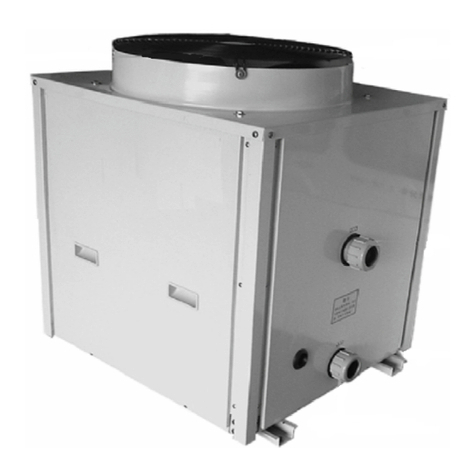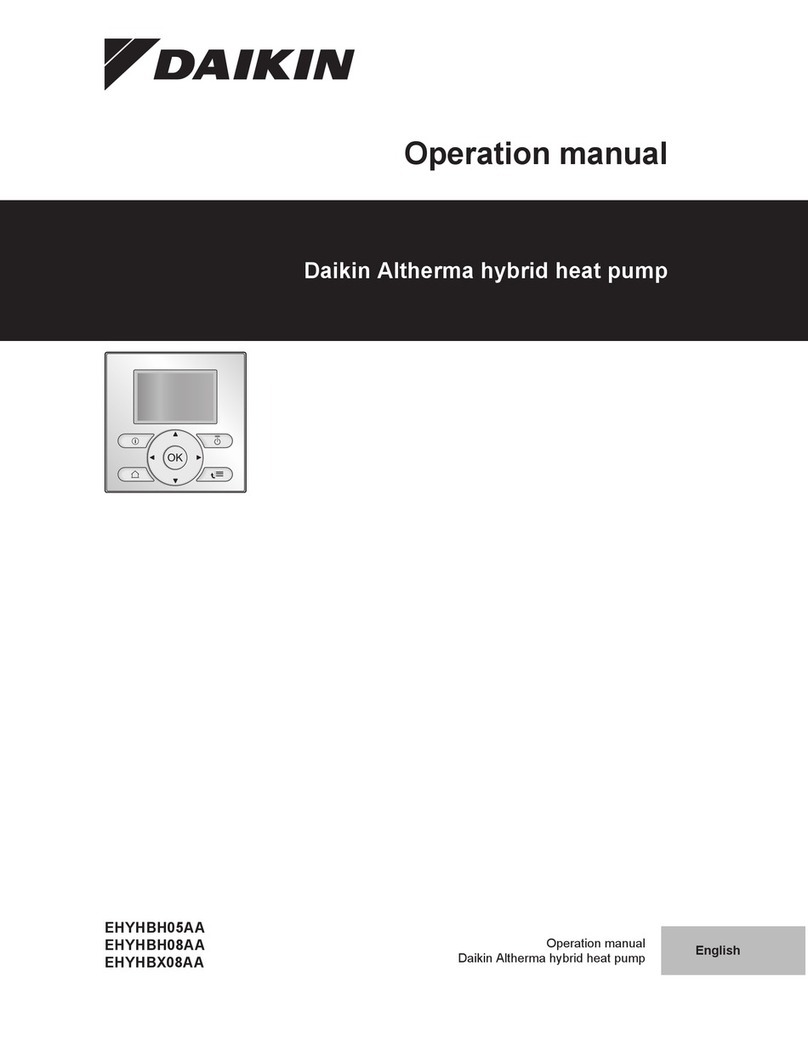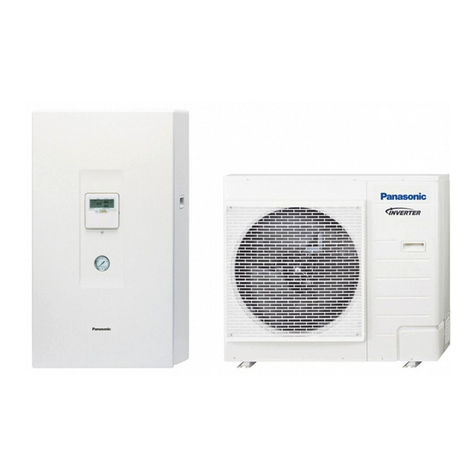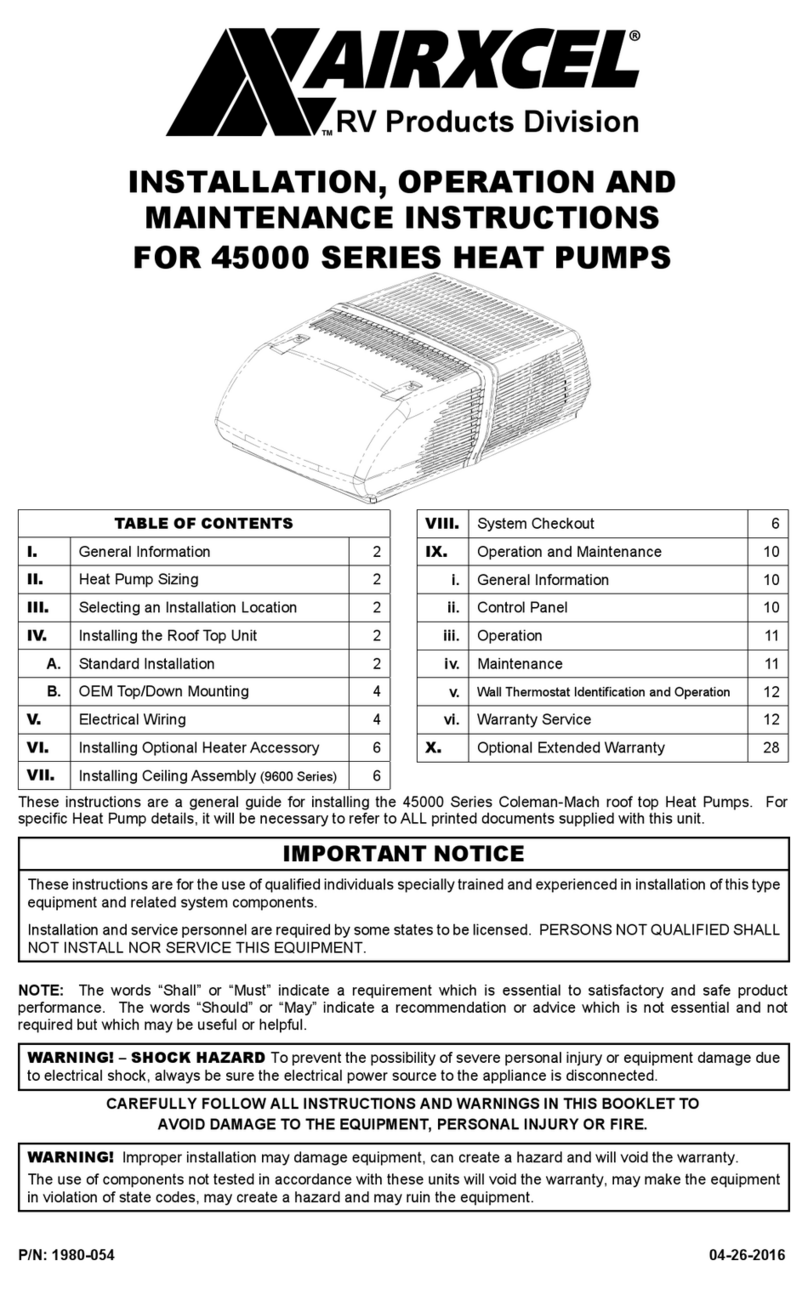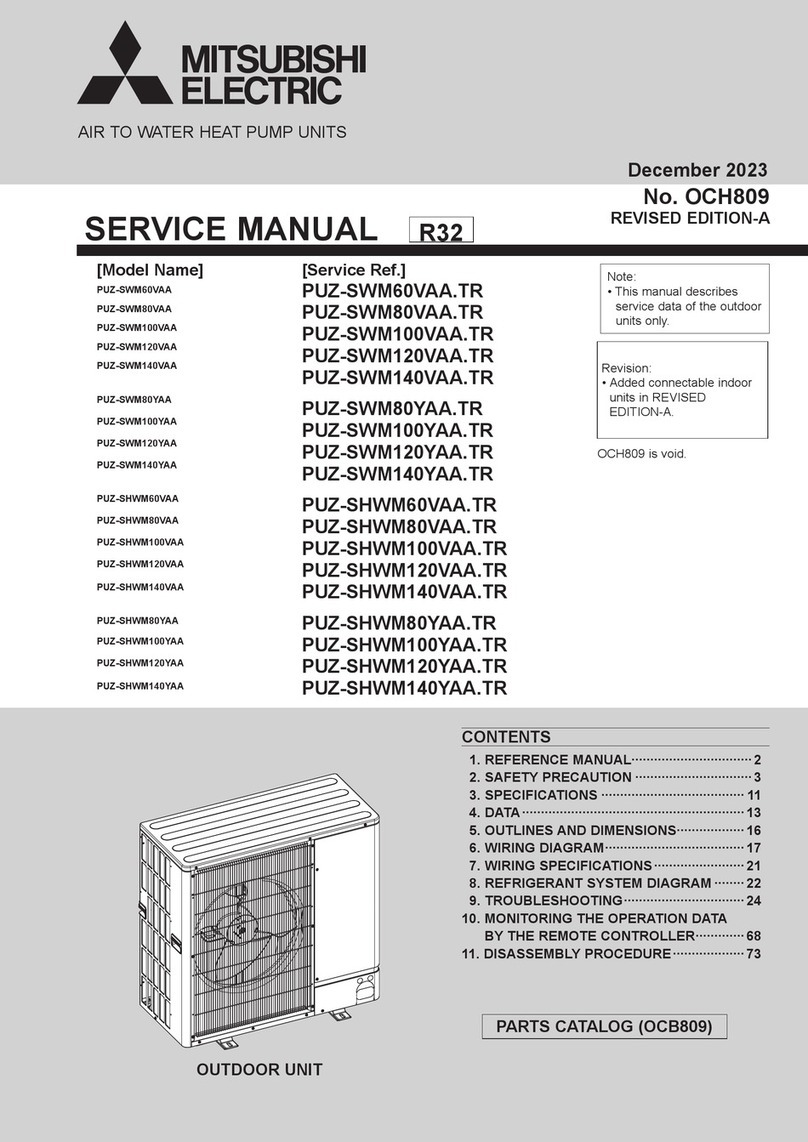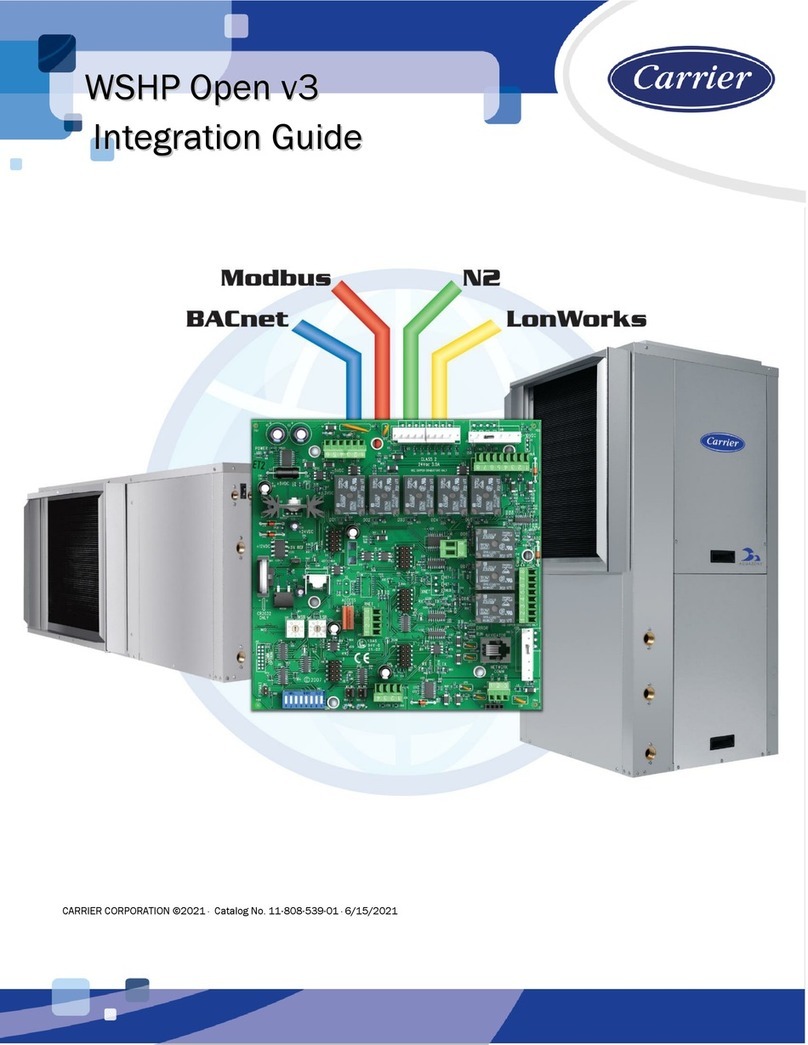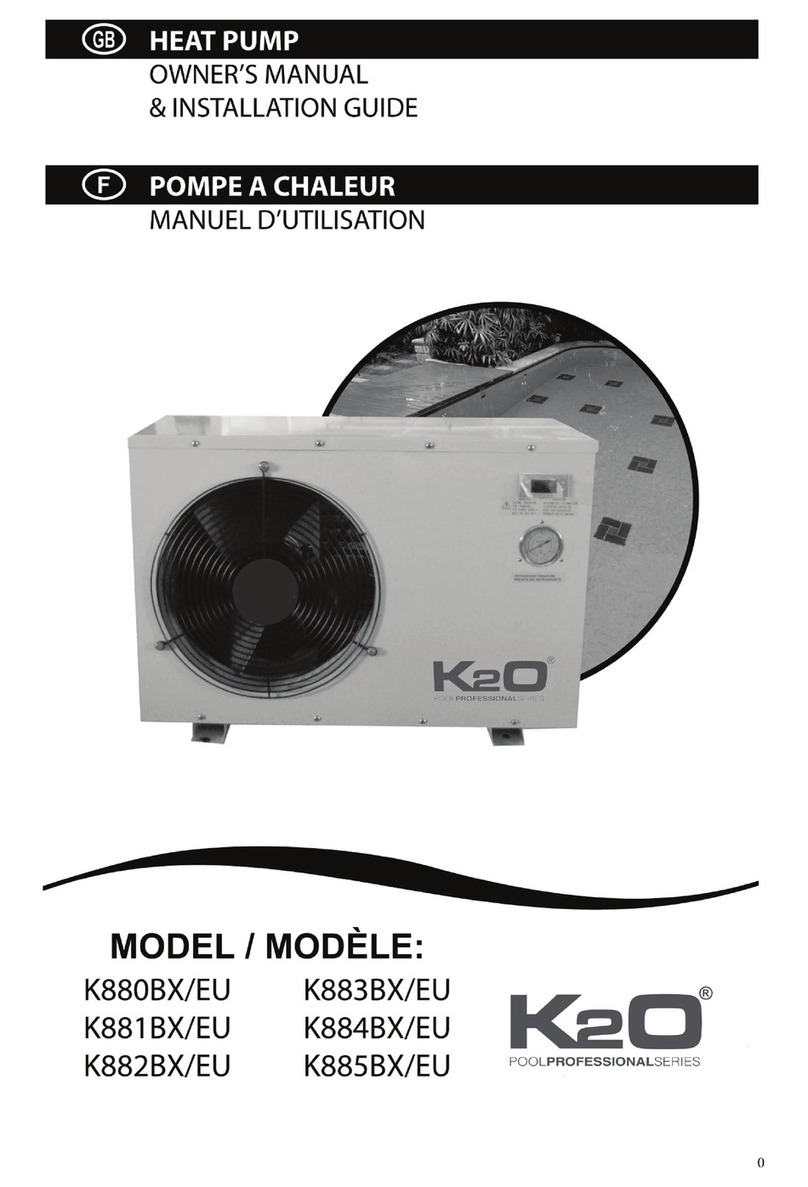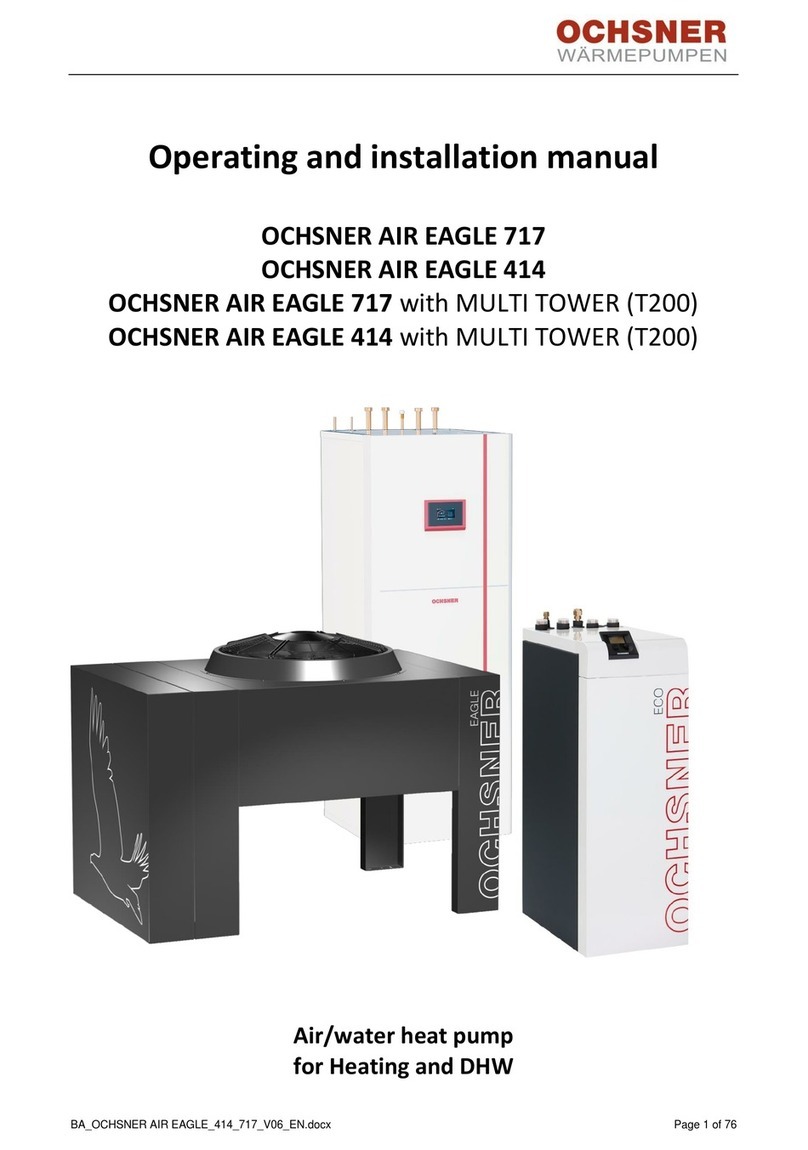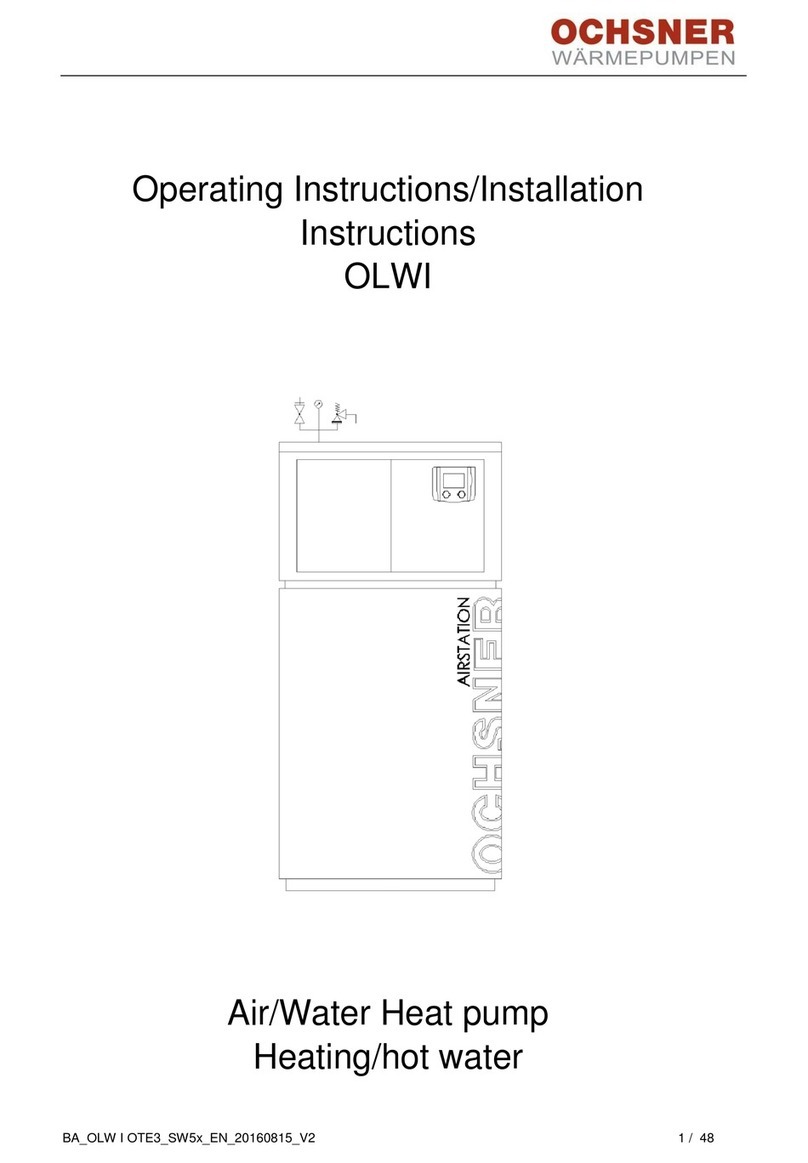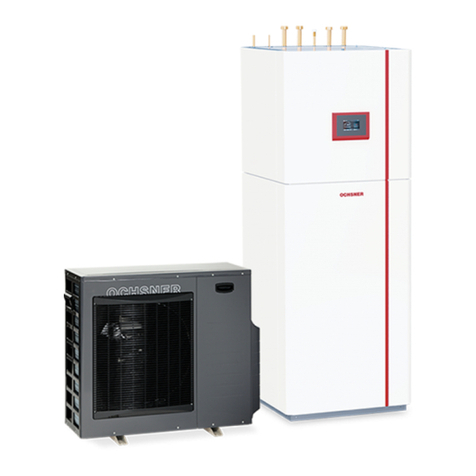
OPERATION | Safety
BIA-EUROPA Mini IWPL-EN11 | www.ochsner.com 5
1.2 Other symbols
►This triangular symbol is used as a bullet point.
»
These two arrows represent the symbol for an in-
struction. This shows that there is something you
must do. The actions required are described step by
step.
These symbols show you the level of a software
menu. In this example, 3 menu levels are
indicated.
Symbol Notes
Must not be disposed of with household waste
Additional documents are available and must be
used
1.3 Units of measurement
Information
In these documents, unless otherwise specied, all
lengths (e.g. in tables and illustrations) are given
in millimetres.
1.4 Specied performance gures
The performance gures of the appliance indicated in
these documents (text, tables and diagrams) have been
calculated according to standardised measurement con-
ditions. However, these measurement conditions often do
not completely correspond to the plant-specic conditions
applicable in the respective user’s system. System-specic
factors that can aect the conditions include, for example,
the specic design of the system, the age of the system
and the actual ow rates. For this reason, the stated perfor-
mance gures can dier from plant-specic performance
data.
The stated performance gures can be conrmed only
if the measurements taken for the appliance are carried
out according to the relevant standardised measurement
conditions.
2. Safety
2.1 Intended use
The appliance is intended for heating DHW in a domestic
environment. It can safely be used by people who have re-
ceived no instruction. The appliance can similarly be used
in a non-domestic environment such as commercial prem-
ises, as long as it is used in the same intended manner.
Any use of the appliance that is dierent from or goes
beyond this is not regarded as intended use. “Intended
use” also includes observing this documentation and the
documentation of any accessories used.
2.2 General safety information
Observe the following safety information and instructions
for the appliance.
►Only qualied contractors should carry out the elec-
trical work and installation of this appliance. Only
qualied contractors may open the appliance.
►Commissioning and maintenance of the appliance
may be carried out only by OCHSNER Customer Ser-
vice or by customer service partners authorised by
OCHSNER.
►The qualied contractor is responsible for compliance
with all relevant regulations during installation and
commissioning.
►Only operate the appliance when it is fully installed
and with all safety devices tted.
►Alterations to the appliance may only be carried out
by OCHSNER Customer Service or by customer ser-
vice partners authorised by OCHSNER.
►Before commencing electrical connection and instal-
lation work, the heat pump system must be isolated
from the power supply.
►The appliance must not be used as a step or plat-
form. Do not climb on the appliance or place any
loads on it.
►The water in the DHW tank can be heated to temper-
atures above 60°C. If the outlet temperature exceeds
43°C, there is a risk of scalding. Make sure that you
do not come into contact with the discharging water.
WARNING: Burns
Work on the refrigerant circuit may be carried out
only by OCHSNER Customer Service or by cus-
tomer service partners authorised by OCHSNER.



